For many Germans, Silesia remains a place of longing to this day. And even if the German traces in the region become less, the history is still noticeable today. Silesia is one of the most beautiful parts of Poland and everyone who has a serious interest in Poland should have visited Silesia once. Therefore, we would like to present you the most beautiful Silesia sights.
Wrocław
Wroclaw is one of the most beautiful cities in Poland and is for me even in line with Warsaw, Krakow and Gdansk. Not only was the largest city in Silesia even European Capital of Culture in 2016, but it also boasts a UNESCO World Heritage Site in the form of the unique Centennial Hall. A walk along the Odra River to the Cathedral Island and the climb to one of the towers of the church in the Old Town are among the absolute highlights of any visit to Silesia. The gastronomic scene and exciting nightlife are also among the best in all of Poland.
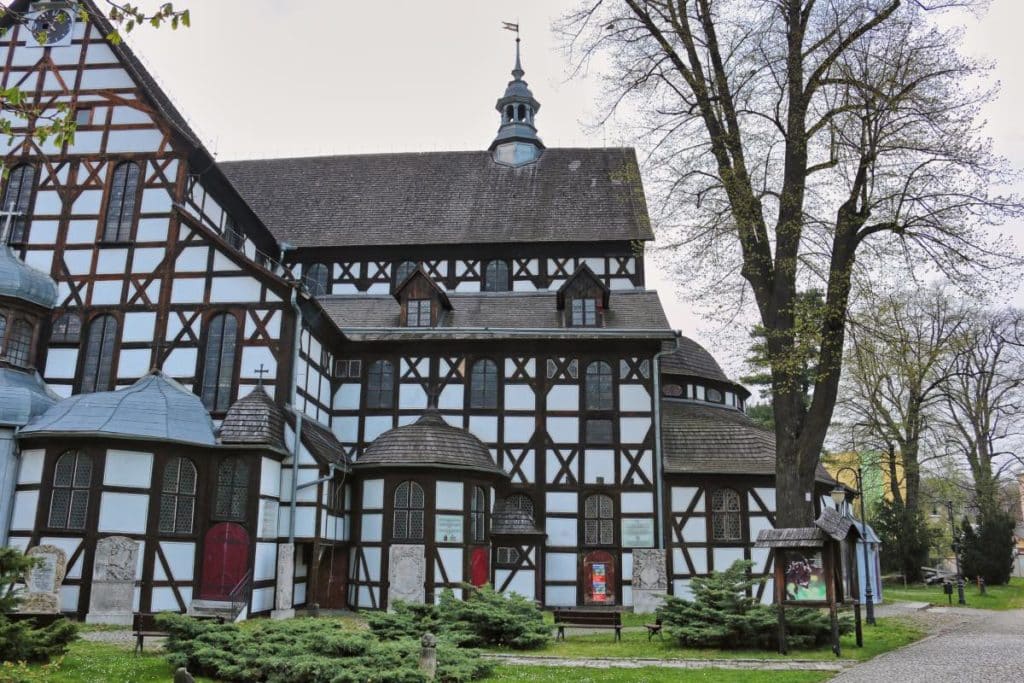
Świdnica
A nice day trip from Wroclaw makes the city of Świdnica. Initially, Świdnica was part of the Holy Roman Empire under Bohemian-Austrian rule until it was conquered by Prussia in the mid-18th century. After the Second World War, like large parts of Silesia, it became part of Poland. The town, with a population of just over 50,000, also has a UNESCO World Heritage Site. The Świdnica Peace Church is the largest half-timbered church in Europe. But the Świdnica Cathedral, which is the seat of the Świdnica diocese, is also well worth seeing. Its tower, at 105 meters, is the tallest in all of Silesia. A walk around the Ring Square (market) and the Old Town are also worthwhile.
Jawor
Jawor also has a world heritage with its Peace Church, which it owes its name also to the Treaty of Westphalia after the Thirty Years’ War. The churches were granted to the Protestants of Silesia in the treaty. The third church in Glogow burned down in the 18th century and was not rebuilt. The richly decorated church is one of the most beautiful examples of half-timbered architecture in the whole of Poland and for this reason alone is one of the most beautiful things to see in Silesia. The town itself, with its historicist town hall, the market and the tranquil alleys of the old town, is also worth a stroll.
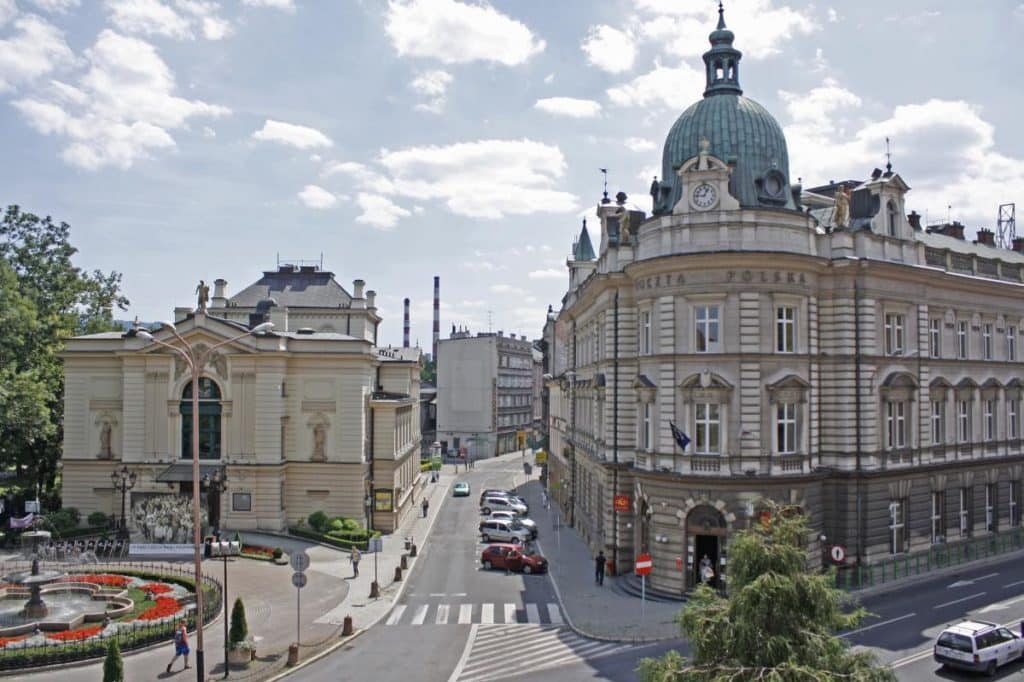
Bielsko-Biała
The two once independent towns of Bielsko and Biała historically belonged to different regions. Thus, Bielsko was once located in Silesia, while Biała was in Lesser Poland. Since the 1950s, the towns have finally been joined and form the center of the Beskydy foothills. From here it is possible to organize beautiful trips to the Silesian Beskids and the Lesser Beskids. The architecture of the town, such as the Art Nouveau Frog House, is also worth seeing.
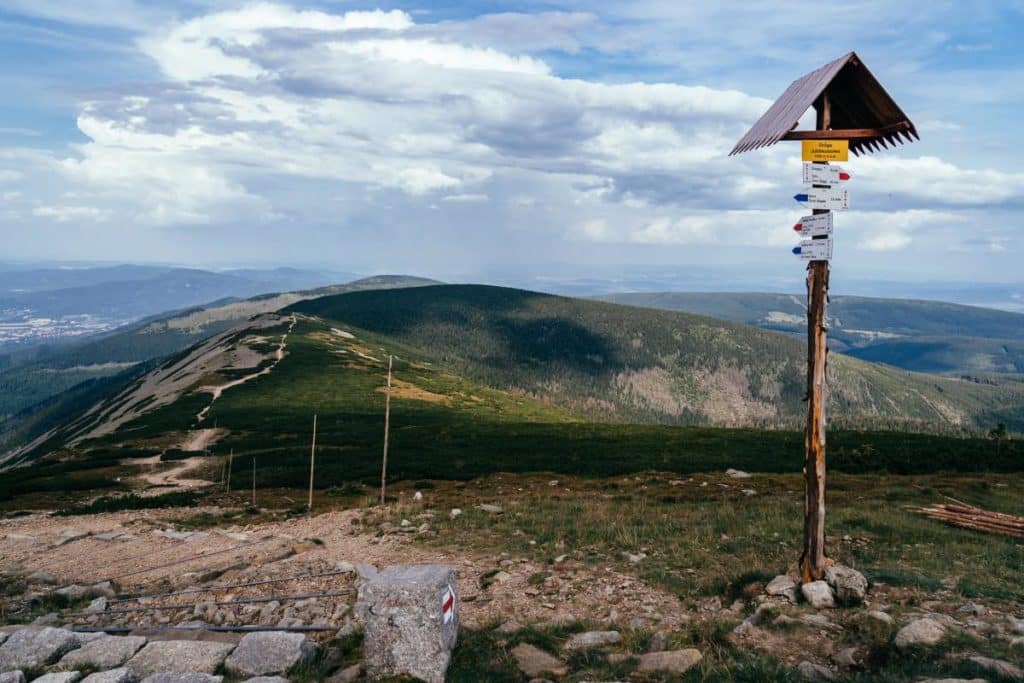
Karkonosze
The Karkonosze (Czech: Krkonoše) Mountains are the highest part of the Sudetes and are divided between the Czech Republic and Poland. And even though the Śnieżka is mainly known as the highest mountain in the Czech Republic, the state border runs right across the peak. The national park in the mountain also protects the Polish part. Beautiful hiking trails cross the valleys and lead to waterfalls and to the peaks of this smallest mountain range in Poland. Also special here are the mountain huts which used to be shepherds’ huts and are now hostels. There are ski resorts with guaranteed snow not only on the Czech side (Špindlerův Mlýn is especially famous), but also on the Polish side in Szklarska Poręba and Karpacz.
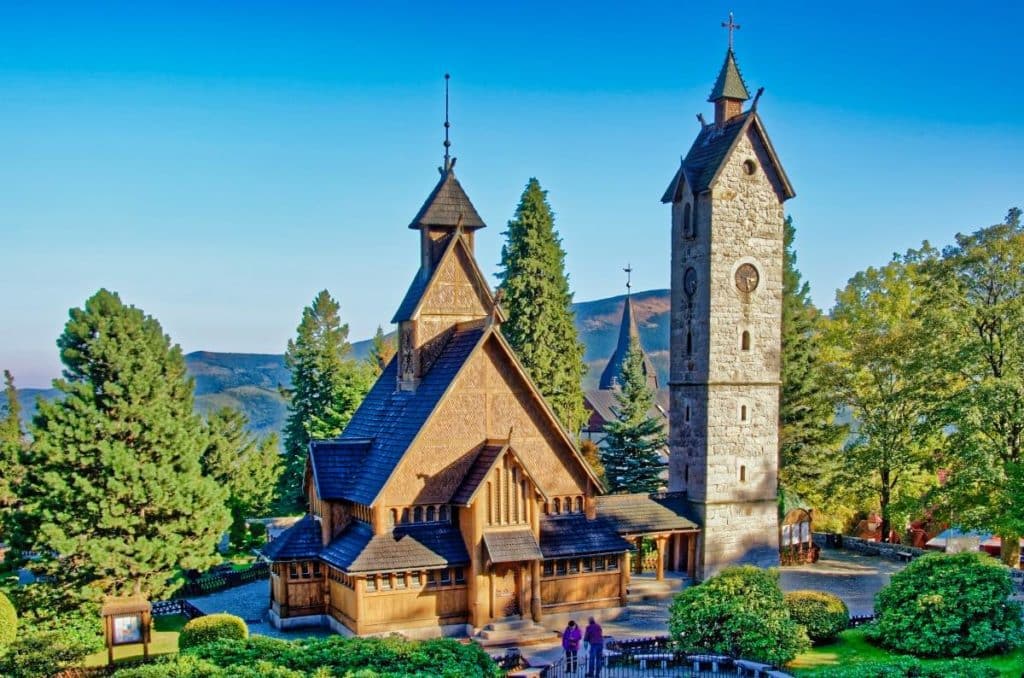
Karpacz
Karpacz is the most popular starting point for tours to the Karkonosze from the Silesian side. The town is a perfect base for both hiking and skiing vacations. However, the town is best known for its small wooden church. Unlike the wooden churches that are usually found in Poland, this one originated in Norway and came from the town of Vang there. The Prussian King Frederick William IV had bought it and determined its reconstruction in the then Prussian Krummhübel. In 1844 the church was consecrated and still delights visitors today.

Bolesławiec
Silesia has a city that is famous especially for its ceramics. In Bolesławiec ceramics have been produced since the 16th century. Today, the ceramics with their mainly blue and white decor are known all over the world. Old Bolesławiec ceramics are still considered quality goods because of their heat resistance. But also today’s ceramics from Polish potters can be quite crafty and are often still made by hand. In the many potteries you can buy the ceramics on the spot. A walk through the historic city center with its buildings from before and after the turn of the century, as well as a visit to the Bolesławiec railroad viaduct are also worthwhile.
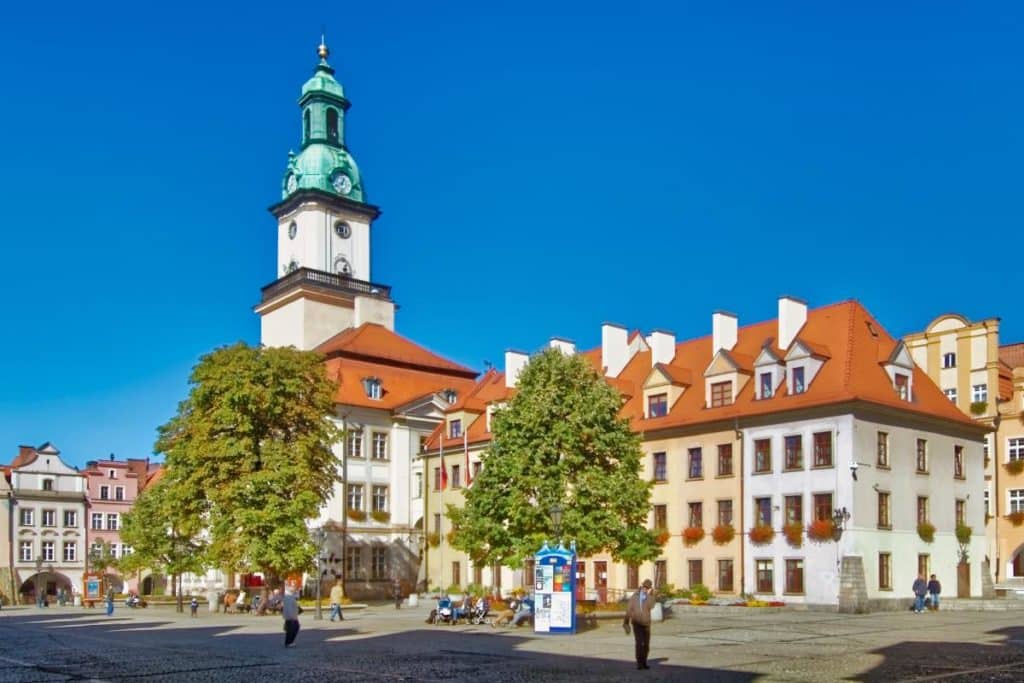
Jelenia Góra
Today Jelenia Góra is a good starting point for trips to the Karkosnosze. However, there is something to do here all year round. The Ring with one of the most beautiful town halls in the region invites you to stroll. All the alleys here supposedly lead to the Ring. From the Kynast castle you have a great view of the whole area. And you should not miss the Church of the Raising of the Holy Cross. You can relax in the district of Cieplice Śląskie-Zdrój. The hot sulfur springs are considered to be particularly beneficial to your health.

Opole
As the historical capital of the Upper Silesia region, the glory of the former Opole has faded somewhat today. Heavily destroyed in World War II, the capital of the Opole Voivodeship is today primarily an administrative center and industrial location. Incidentally, it is the smallest capital of a voivodeship, which in turn is the one with the smallest population in Poland. The people of Opole are very proud of the preservation of their own voivodeship and have even built a monument in memory of it. The historic Old Town has been well rebuilt and the largest singing festival in Poland attracts visitors to Opole every June. You should also not miss the open-air museum, where typical houses from the villages of Upper Silesia have been rebuilt.
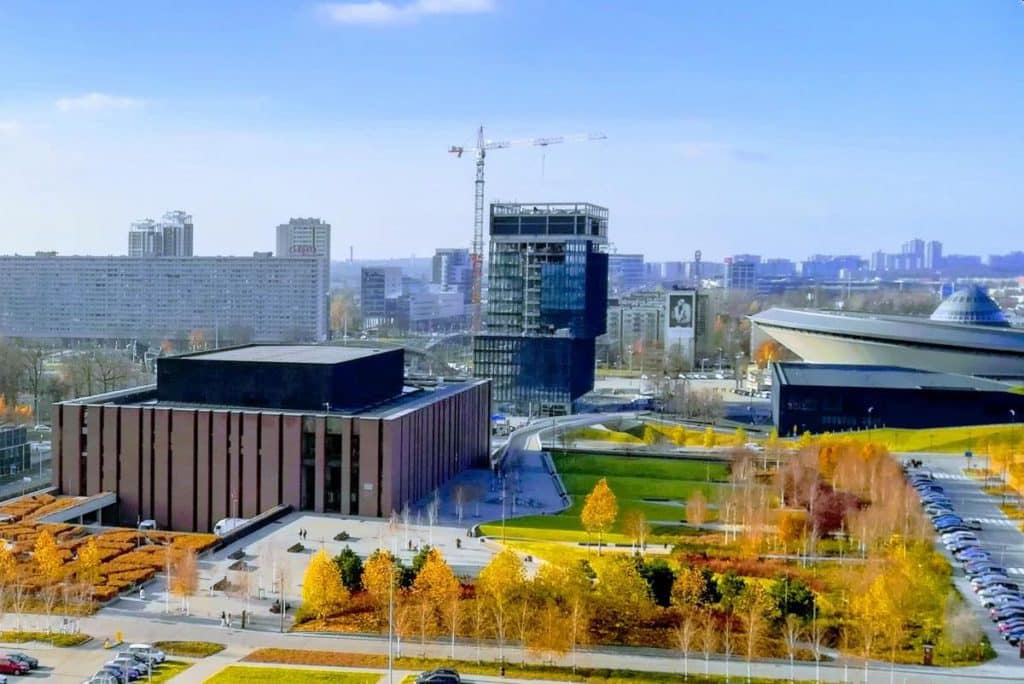
Katowice
Katowice is not only the largest city in Upper Silesia, but it has also changed considerably in the years since the collapse of communism in Poland. Not only the airport with its many connections, but also the quite interesting cultural and gastronomic scene, the amazing working-class districts Nikiszowiec and Giszowiec of the turn of the century and the interesting architecture of Polish modernism and postmodernism put the city quite on the map of Silesia things to see.
Tarnowskie Gory Silver Mine
One of the most surprising Silesia sights is the silver mine of Tarnowskie Gory. Silver was mined for centuries in the so-called Black Trout Mine. With its water and pumping system, the mine has even made it to the UNESCO World Heritage List. On a section of the tourist route you can even go underground by boat. The black fish that give the mine its name are likely to swim past you here too.
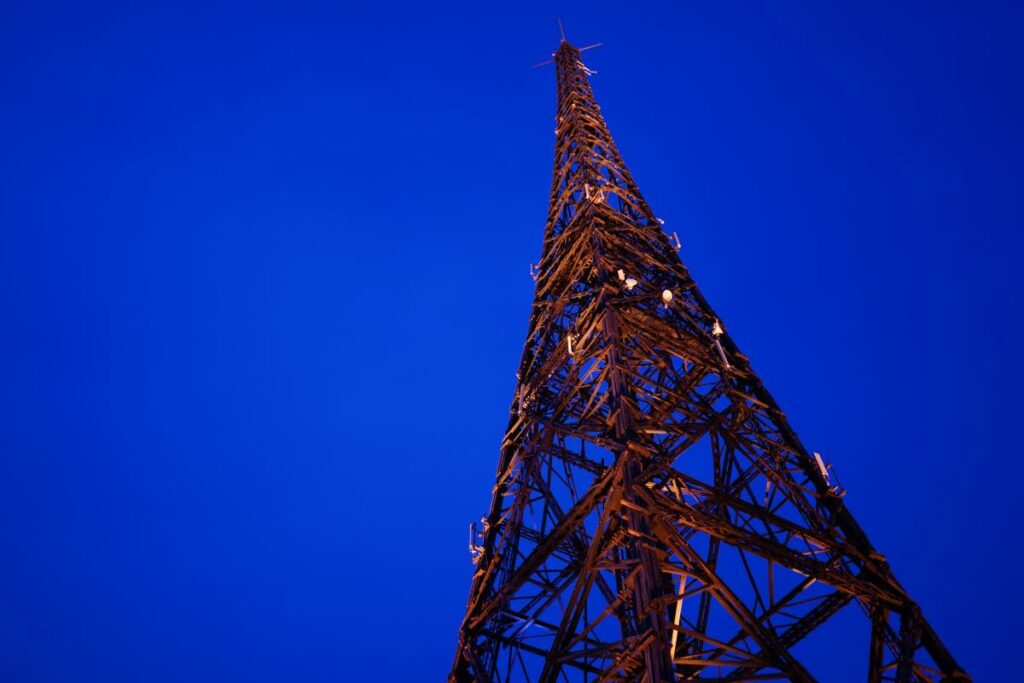
Gliwice
Gliwice, is a surprisingly beautiful town in this industrial area. It was here that German soldiers faked a raid by Poles on the Gliwice Soldiers’ Radio Station, and based on this lie, invaded Poland, triggering World War II. Gliwice, like most of Silesia, is now a part of Poland, but the radio tower of the station still stands. The wooden tower is now the largest of its kind and there is a museum dedicated to the history of the radio station. But also a take a walk through the old town with architecture from many eras and a stroll through the small boutiques is worthwhile too.
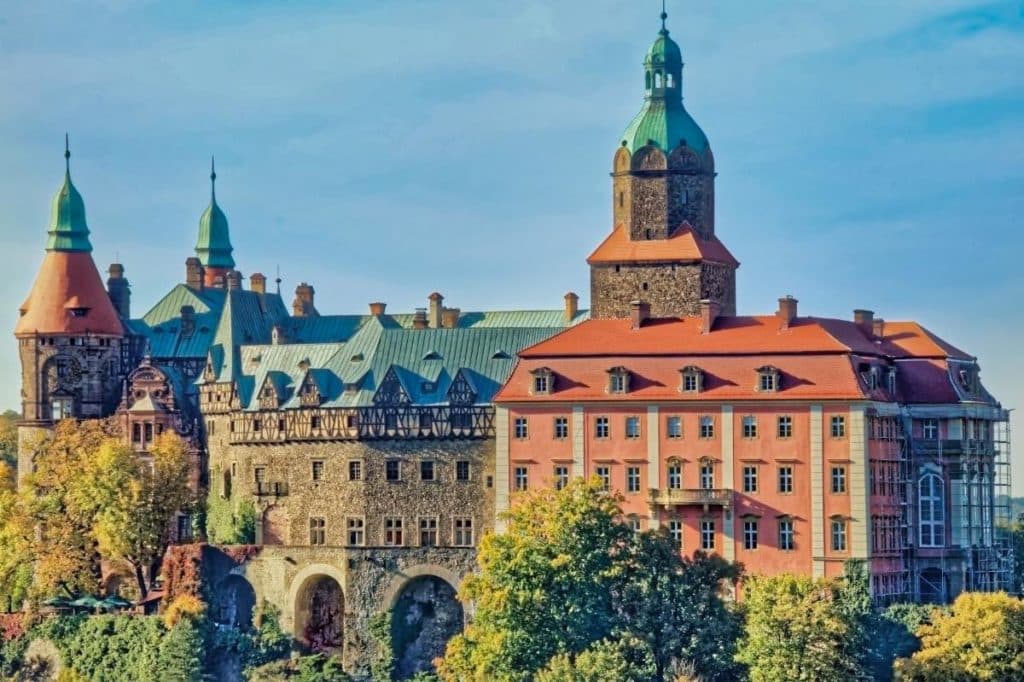
Wałbrzych
Wałbrzych is best known for the castle located here, which many consider to be the most magnificent in Silesia. It was built as early as the 14th century as the residence of the Dukes of Świdnica and later belonged to the Bohemian and then Austrian rulers, each of whom expanded it massively, making it the largest castle in the region. During World War II, it was to become part of a Nazi tunnel system that would protect the German leadership. However, the project was never finished. In Wałbrzych itself there are some churches worth seeing and also the remarkable former department store Schocken from the modernism of the interwar period.
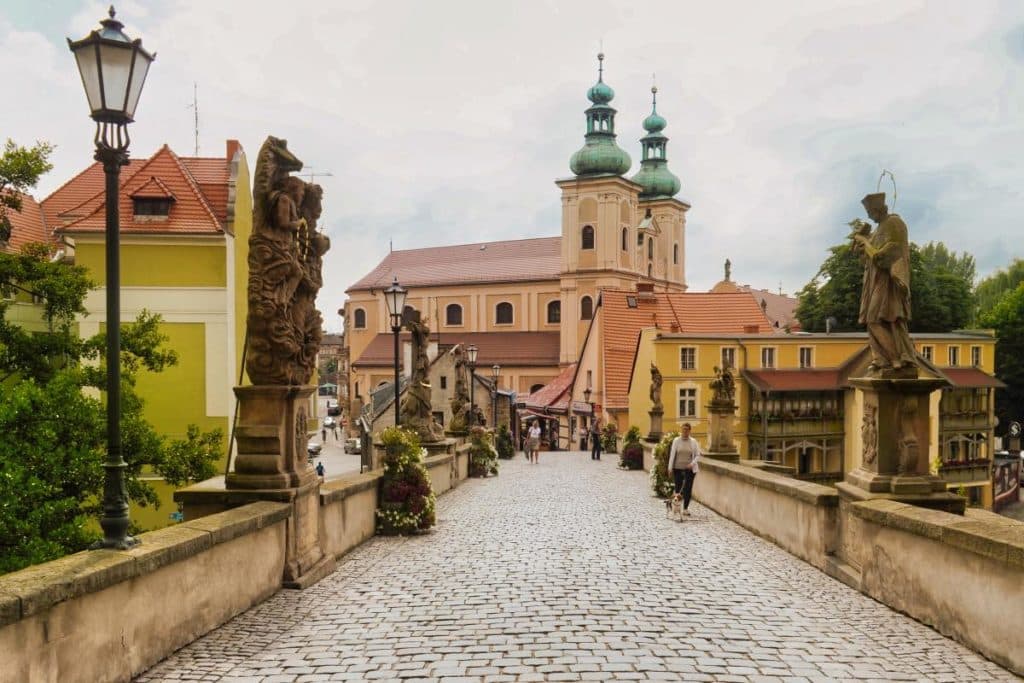
Kłodzko
Not only the picturesque old town with the impressive town hall, the many bridges and the beautiful churches make Kłodzko an absolute highlight among the Silesian sights. Under the city there is a labyrinth to discover, where you can see an exhibition about medieval Kłodzko. The impressive fortress gives you a feeling of how the inhabitants here must have felt in the past. And the fortress is also significant for other reasons. The prison once held famous prisoners when it was still part of the German Reich, such as some English spies and the mayor of Brussels during World War I.
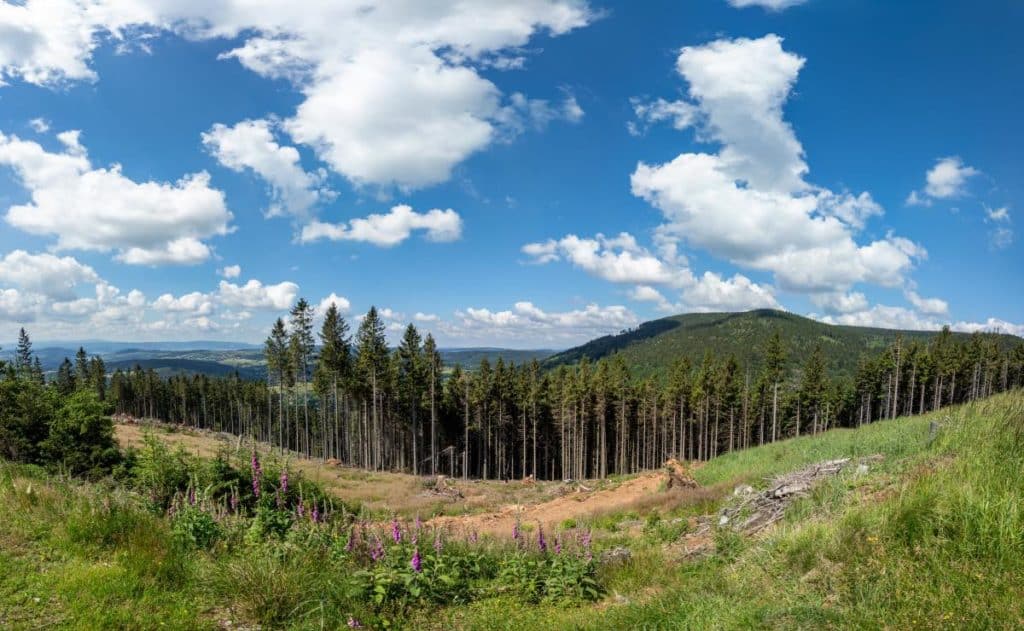
Góry Sowie and the “Riese” project
The Owl Mountains (Polish: Góry Sowie), with their 1015-meter peak High Owl, are by far not as high as neighboring Karkonosze. However, they are just as charming. Dozens of hiking trails invite visitors to this border region. It was also here where the Nazis planned most of an underground tunnel system. Under the project name “Riese” (Giant), huge tunnel systems were driven into the mountains by forced laborers and concentration camp inmates. They were later to protect the German High Command and shelter them from Allied bombings. The system was never finished though. Nevertheless, on tours you can get an idea of the gigantic dimensions of this madness. The tunnels are also the subject of legends about a lost Nazi gold train.
Bear Cave
The Bear Cave near Kłodzko is one of the most beautiful dripstone caves in Poland. It was only discovered in the 1960s and stretches for a total of four kilometers. Numerous stalactites and stalagmites show what impressive works of art nature can create with a little time. In extreme tours you can even visit otherwise inaccessible parts of the Bear Cave.
Scrap wood churches
An absolute peculiarity of Silesia are the churches made of scrap wood. In fact they are so particular, that we couldn’t even find a proper translation into English yet. Scrap wood was roughly cut from tree trunks with axes. This wood was then used by the builders for these churches. The oldest of the churches was built in the 12th century. The largest of the churches is in Gliwice. They are really an absolute peculiarity of Silesian architecture. A list of all the shot-wood churches in Silesia can be found at Wikipedia – however only in German but not in English.
Mount St. Anna
Originally called the Mount St. George, this million year old dormant volcano is now home to the monastery of Góra Świętej Anny. The mountain rises quite lonely in the landscape between Gliwice and Opole. For Germans and Poles alike, however, the mountain is considered the most important place of pilgrimage in Silesia. This is also due to a battle between Polish and German soldiers in 1921, during which the Poles tried to shift the border between the Polish Republic and the German Reich. This failed and was the reason for a cult of German propaganda until the expulsion of the Germans following World War II. Today, however, pilgrims of both nations come here again, especially to the image of St. Anne.
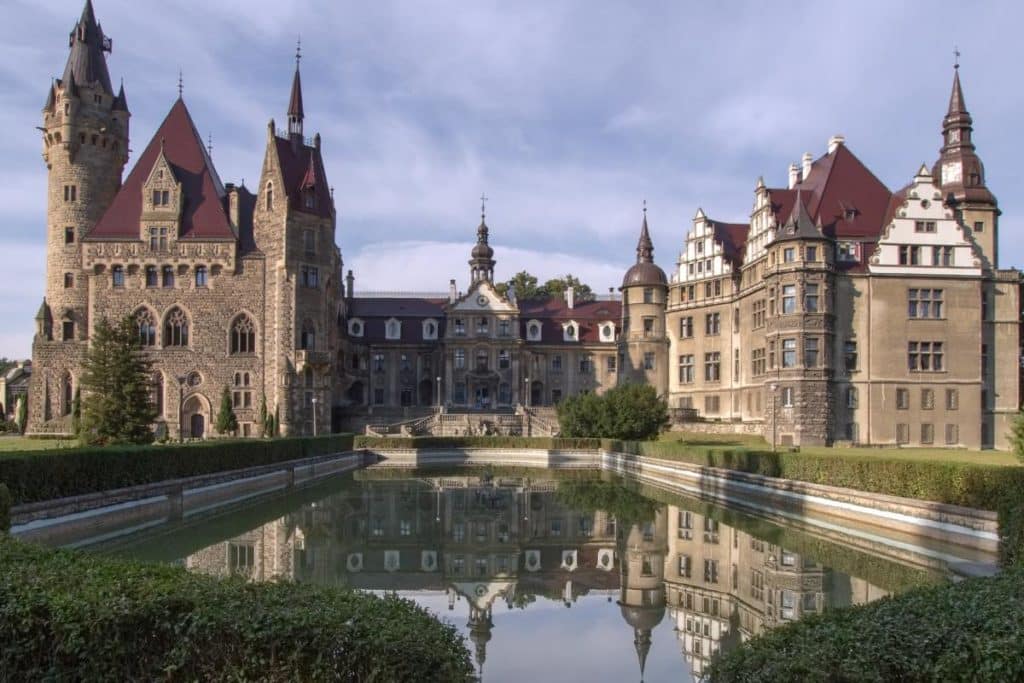
Moszna Castle
For its surroundings, Moszna Castle is quite ostentatious. Even Disney movies could be filmed here, because the many towers, of which there are 99 according to legend, make the castle almost a fairy tale one. However, it was not built in a fairy-tale way by the rich owners, who were striving for prestige. Some parts date back to the Middle Ages, but today’s exterior is mainly a child of the time around 1914 and comes from the style of German historicism. Today you can spend a night in the castle hotel however and feel yourself a bit princely.
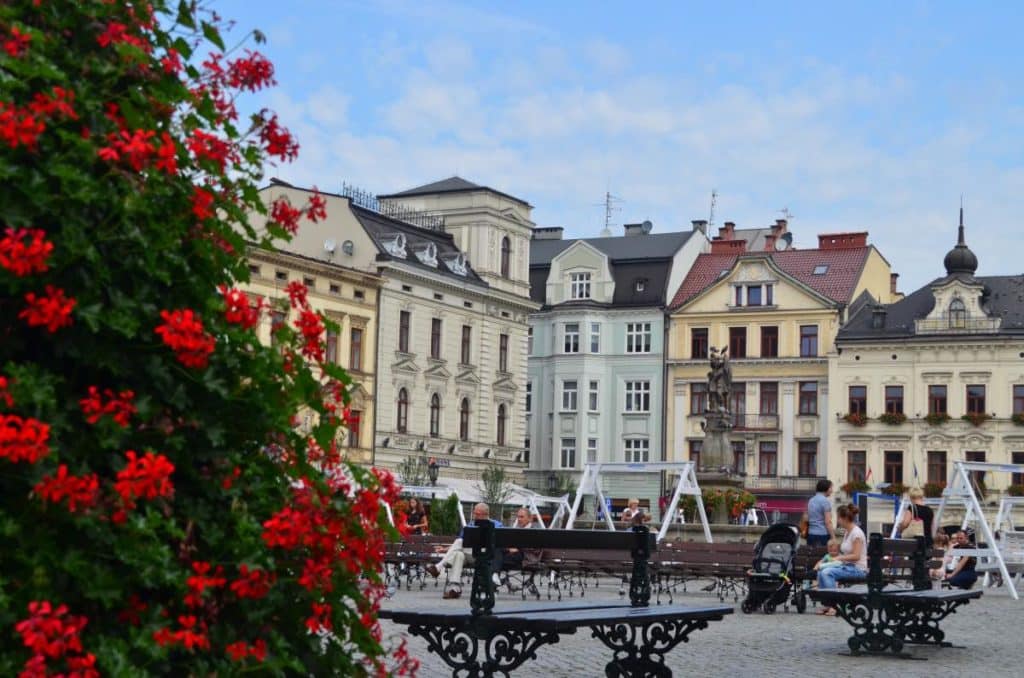
Cieszyn (Czech: Těšín, German: Teschen)
Cieszyn is probably the most multicultural city in the region and truly symbolizes the history of Silesia. Thus, the city was not only part of Bohemia and later Austria, but was divided after a border war between Poland and Czechoslovakia after the World War I. Following the occupation of the Czech part by the Poles in 1939 andthe German invasion of Poland, the city was divided again after World War II. However, due to Poland and the Czech Republic joining the Schengen Agreement, you will hardly notice this anymore. However, you can still see the multicultural heritage in the architecture of this beautiful city.

